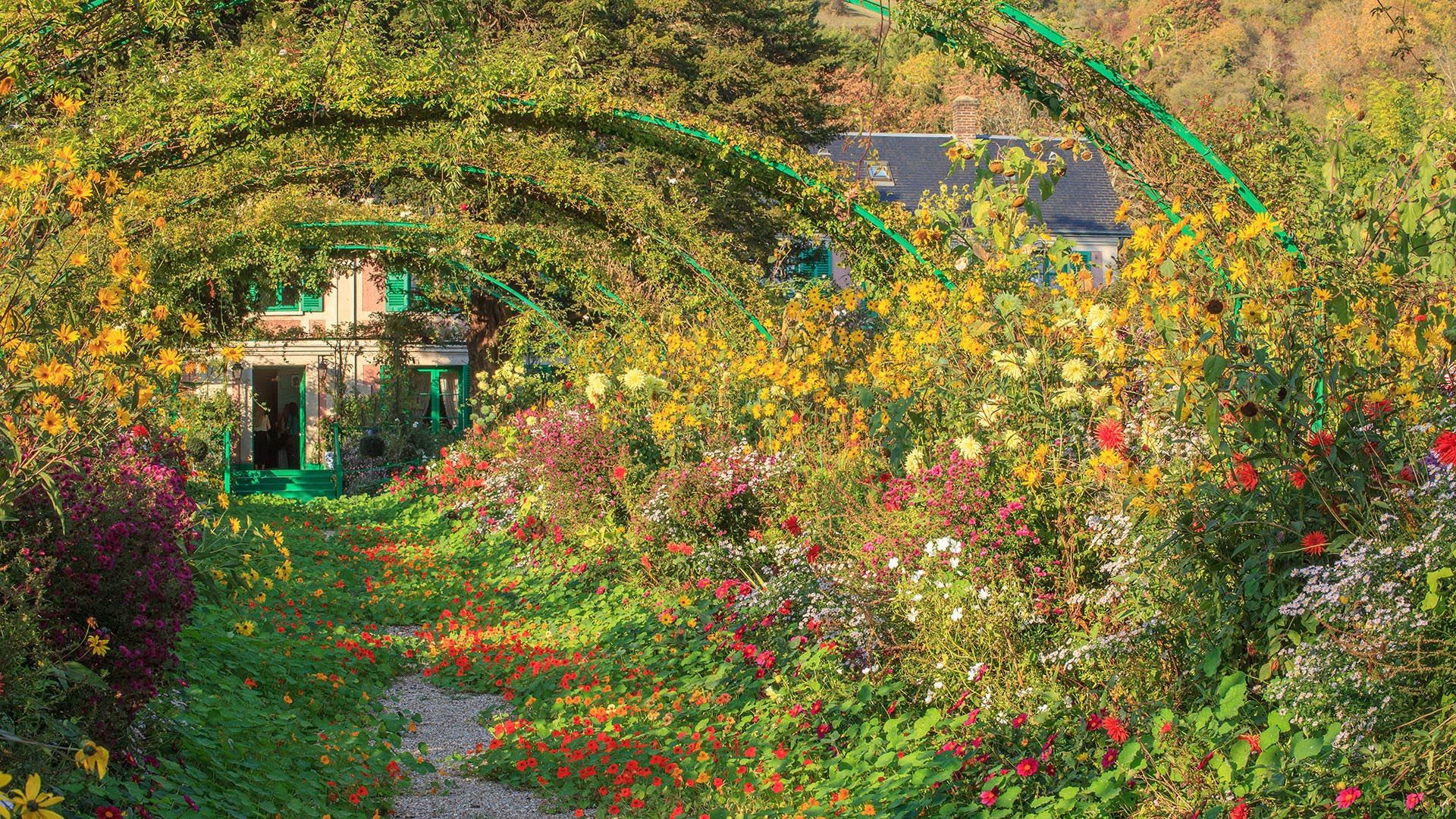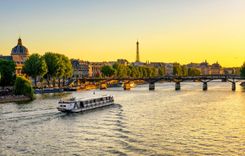Planning your own trip? Prepare for your trip
Use Rough Guides' trusted partners for great rates
Travel advice for France
From travel safety to visa requirements, discover the best tips for visiting France
- Getting around France: Transportation Tips
- France travel tips for first-timers: What to know
- How to get to France
- Weather in France in October
- Weather in France in September
- Weather in France in November
- Weather in France in December
- Weather in France in January
- Weather in France in February
- Weather in France in March
- Weather in France in April
- Weather in France in May
- Weather in France in June
- The best 10-day France itinerary
- Weather in France in July
- Weather in France in August
- The best Northern France itinerary
- How to plan a trip to France
- Paris city break


















